Introduction
In the post covid employment world with most employees at least partially working from home there has never been a more important time to understand your levels of employee engagement. It is no longer enough to do the annual engagement survey and implement a couple of initiatives to address pain points at that point in time. There are multiple methods and metrics to help you understand how your employees feel, their productivity and likelihood of departing your organisation. As a HR Generalist you may not have the capacity to or budget to run multiple surveys but some of the of the initiatives below are as simple as running a report provided you have a HRIS.
Employee Engagement Score
The Employee Engagement Score is a barometer of how deeply employees connect with their work and the organisation. It goes beyond mere satisfaction to measure motivation, enthusiasm, and commitment. HR should foster engagement through meaningful work, career development opportunities, and a supportive culture that values employee contributions and fosters growth.
Employee Satisfaction Score
Employee Satisfaction Score reflects how content employees are with their job roles, work environment, and overall experience within the company. It encompasses factors such as job autonomy, compensation, and recognition. HR can enhance satisfaction by listening to employee feedback, addressing concerns promptly, and aligning organizational goals with individual aspirations.
Net Promoter Score (eNPS)
eNPS measures employees' likelihood to recommend the company as a place to work, reflecting overall satisfaction and advocacy. A high eNPS indicates a positive workplace culture and strong employer brand. HR should focus on enhancing eNPS by improving employee experiences, fostering a sense of belonging, and recognising and rewarding contributions that align with company values.
Absenteeism Rate
Absenteeism Rate measures the percentage of time employees are absent from work due to illness, personal reasons, or other factors. High absenteeism can indicate underlying issues such as low morale or job dissatisfaction. HR should address absenteeism through wellness programs, flexible work arrangements, and supportive policies that prioritize employee health and well-being.
Presenteeism Rate
Presenteeism Rate reflects the percentage of time employees are at work but not fully productive due to health issues or other distractions. It underscores the importance of creating a supportive work environment that promotes mental and physical well-being. HR should encourage work-life balance, provide resources for stress management, and promote a culture where employees feel valued and supported.
Employee Turnover Rate
Employee Turnover Rate quantifies the percentage of employees who leave the company within a specified period. It includes both voluntary and involuntary separations. HR professionals should analyse turnover trends, conduct exit interviews, and implement retention strategies to mitigate turnover risks, such as career development opportunities, competitive compensation, and inclusive workplace practices.
Retention Rate
Retention Rate measures the percentage of employees who choose to stay with the company over time. High retention indicates effective talent management strategies and a positive work environment. HR should prioritize retention by offering growth opportunities, fostering a supportive culture, and recognizing and rewarding employee contributions to enhance loyalty and commitment.
Employee Loyalty Index
The Employee Loyalty Index assesses how dedicated and committed employees are to the company. It reflects trust in leadership, job satisfaction, and alignment with organizational goals. HR can bolster loyalty by promoting transparency, fostering career growth opportunities, and nurturing a workplace culture built on integrity and mutual respect.
Employee Advocacy Score
Employee Advocacy Score measures employees' willingness to speak positively about the company to others, including potential recruits and customers. It underscores employee satisfaction and engagement levels. HR should empower employees as brand ambassadors through training, leadership support, and inclusive practices that amplify the company's reputation and attractiveness in the marketplace.
Employee Feedback Response Rate
Employee Feedback Response Rate gauges the percentage of employees who actively provide feedback when solicited. It demonstrates a culture of openness, transparency, and continuous improvement within the organization. HR should encourage regular feedback loops, ensure confidentiality, and act on insights to drive meaningful changes that enhance employee experience and satisfaction.


